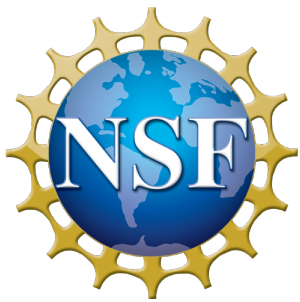January 1st, 2010 | RESEARCH
In the past 15 years, Tangible User Interfaces (TUIs) have emerged as an ideal technology for delivering child-computer interaction that is adapted to children’s psychomotor and cognitive skills development. The rapid evolution of these tangible technologies has meant that there has been little or no time to build a foundation for the design of games and learning applications that could offer pleasant and useful experiences to children. Our research group specializes in multimodal and natural human-computer interaction and conducts child-focused research that highlights children’s real needs and wants. This approach can be highly rewarding when designing new interfaces and interactions for children. Rather than designing and implementing finished applications by ourselves and then testing them with children, we work with them throughout the process.
Document
(no document provided)
Team Members
Javier Marco, Author, University of ZaragozaSandra Baldassarri, Author, University of Zaragoza
Eva Cerezo, Author, University of Zaragoza
Diana Yifan Xu, Author, University of Central Lancashire
Janet Read, Author, University of Central Lancashire
Citation
Publication: Lifelong Interactions
Volume: 17
Number: 1
Page(s): 58
Related URLs
Tags
Audience: Educators | Teachers | Museum | ISE Professionals | Pre-K Children (0-5) | Scientists
Discipline: Ecology | forestry | agriculture | Education and learning science | Engineering
Resource Type: Peer-reviewed article | Research Products
Environment Type: Informal | Formal Connections

